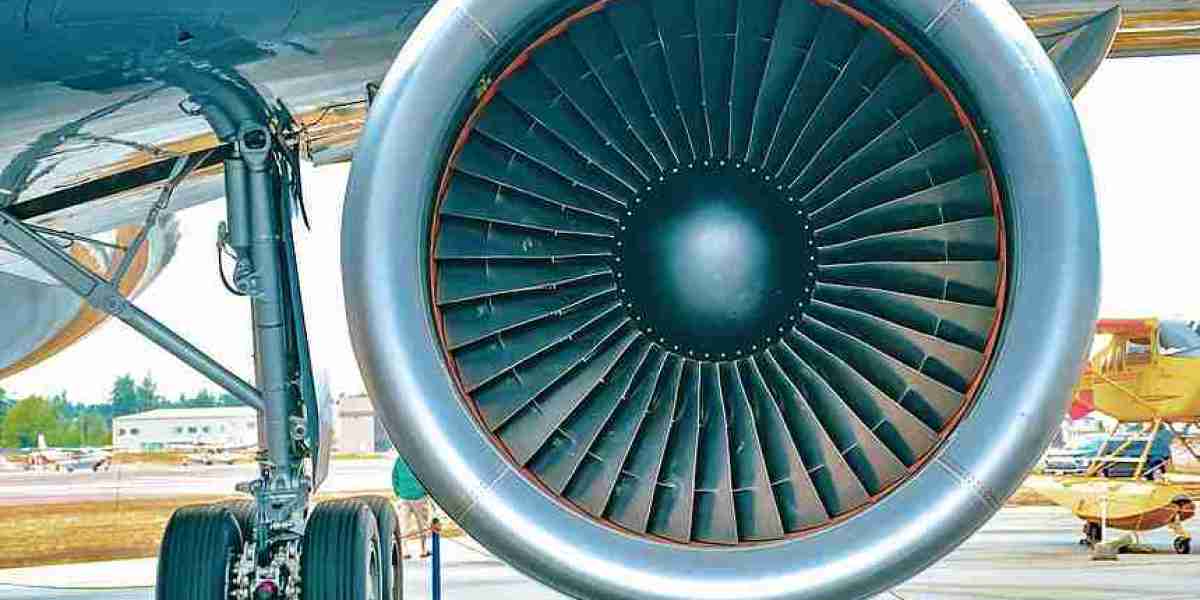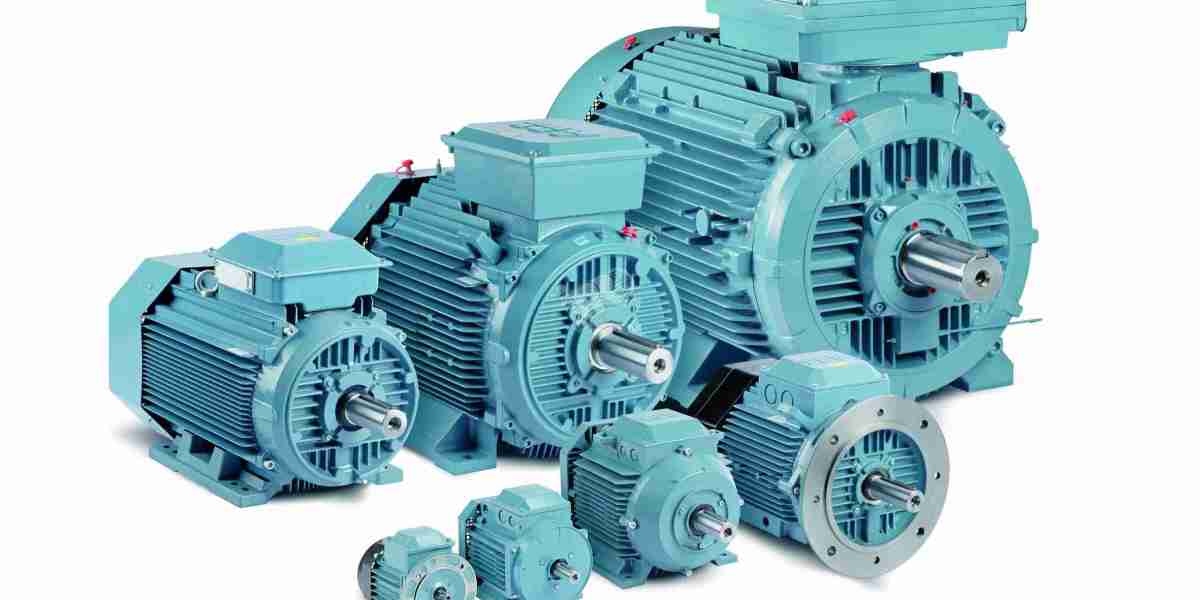The aircraft engines market, a cornerstone of the aviation industry, faces numerous threats that challenge its stability, innovation potential, and profitability. While demand for air travel is recovering post-pandemic, several risk factors—ranging from geopolitical tensions and supply chain disruptions to environmental regulations and emerging competitors—are exerting pressure on market participants. Understanding these threats is essential for companies looking to navigate turbulent skies and maintain long-term resilience.
1. Supply Chain Disruptions and Material Shortages
The global supply chain, still reeling from COVID-19 aftershocks, is a major threat to the aircraft engines market. Engine manufacturers rely heavily on a complex network of suppliers for advanced components, raw materials, and precision-engineered parts. Delays or shortages in the supply of rare earth metals, titanium alloys, and semiconductor components can halt production and delay aircraft deliveries. The Russia-Ukraine conflict has intensified concerns, especially over titanium, a critical material for jet engines, much of which comes from Russian suppliers.
2. Stringent Environmental Regulations
Environmental sustainability is reshaping the aviation industry. Governments and regulatory bodies like the International Civil Aviation Organization (ICAO) and the European Union are tightening emissions standards, pushing engine makers toward cleaner technologies. While this transition is necessary, it poses a significant threat to legacy engine manufacturers who must invest heavily in R&D to develop fuel-efficient and low-emission engines. The risk is amplified if these investments do not yield timely or competitive returns, potentially eroding market share.
3. Economic Volatility and Rising Operational Costs
Global economic fluctuations, including inflation, interest rate hikes, and volatile fuel prices, pose systemic threats. Rising costs for labor, energy, and logistics translate into higher operational expenses for engine manufacturers. Additionally, inflationary pressures can limit airline capital expenditure, potentially delaying new aircraft purchases or engine upgrades. A global recession or prolonged economic slowdown could further suppress demand, negatively impacting engine manufacturers' order books and revenues.
4. Technological Disruption from New Entrants
The rapid advancement of aerospace technology, particularly in electric and hybrid-electric propulsion systems, presents a threat to traditional gas turbine engine manufacturers. Startups and tech-driven entrants are innovating with lighter, more efficient, and environmentally friendly propulsion solutions. If these technologies mature faster than anticipated, established manufacturers like Rolls-Royce, GE Aviation, and Pratt & Whitney may face disruptive competition, especially in the narrow-body and regional aircraft segments.
5. Maintenance, Repair, and Overhaul (MRO) Market Shifts
The aftermarket MRO segment is critical for the profitability of engine makers, often generating more consistent revenue than OEM sales. However, airlines are increasingly opting for cost-effective, third-party MRO providers or in-house capabilities to reduce expenses. This shift threatens OEMs' dominance in aftermarket services, diminishing their ability to lock in long-term service contracts and eroding a key profit stream.
6. Geopolitical and Trade Tensions
Trade restrictions, tariffs, and export control laws can disrupt international engine sales and collaboration. The ongoing U.S.-China tensions have impacted aerospace trade, limiting the ability of American manufacturers to engage freely with one of the largest aviation markets in the world. In such a fragmented global environment, engine makers may be forced to diversify or localize operations, adding cost and complexity.
7. Cybersecurity and Digital Vulnerabilities
As aircraft engines and manufacturing processes become increasingly digitized and reliant on software for monitoring and performance optimization, cybersecurity emerges as a critical threat. A breach or system failure could jeopardize aircraft safety or disrupt production. Moreover, intellectual property theft, especially from global competitors, can undermine the competitive advantage of high-tech engine designs.
8. Talent Shortage and Workforce Gaps
The aircraft engines sector faces a growing shortage of skilled engineers, technicians, and software professionals. As experienced workers retire, companies struggle to replace them with adequately trained personnel, especially in advanced fields like additive manufacturing and AI-based diagnostics. This talent gap threatens to slow innovation and impair production capacity in the years ahead.
Conclusion
The aircraft engines market is navigating a minefield of threats that extend far beyond traditional competition. Manufacturers must adopt a proactive and multifaceted risk management approach to ensure resilience. Strategic investments in green technologies, localization of supply chains, digital security, and workforce development will be key to overcoming these headwinds. As the skies grow more challenging, only those who adapt swiftly will sustain altitude.




